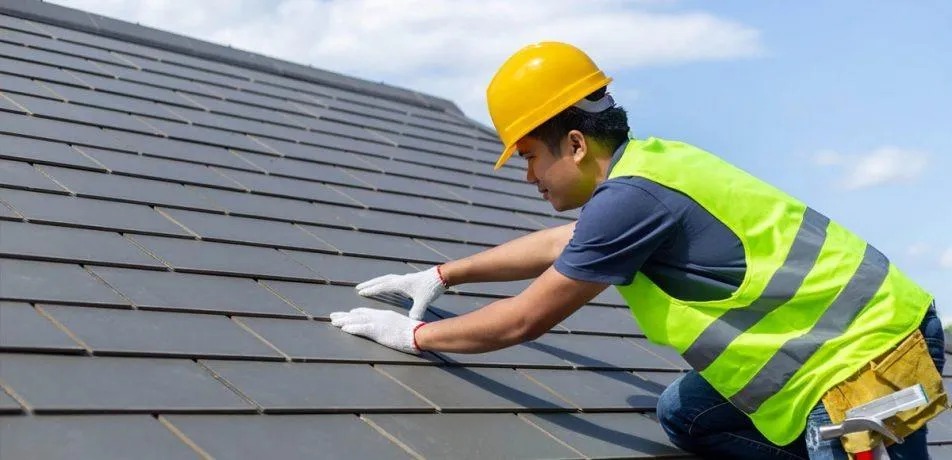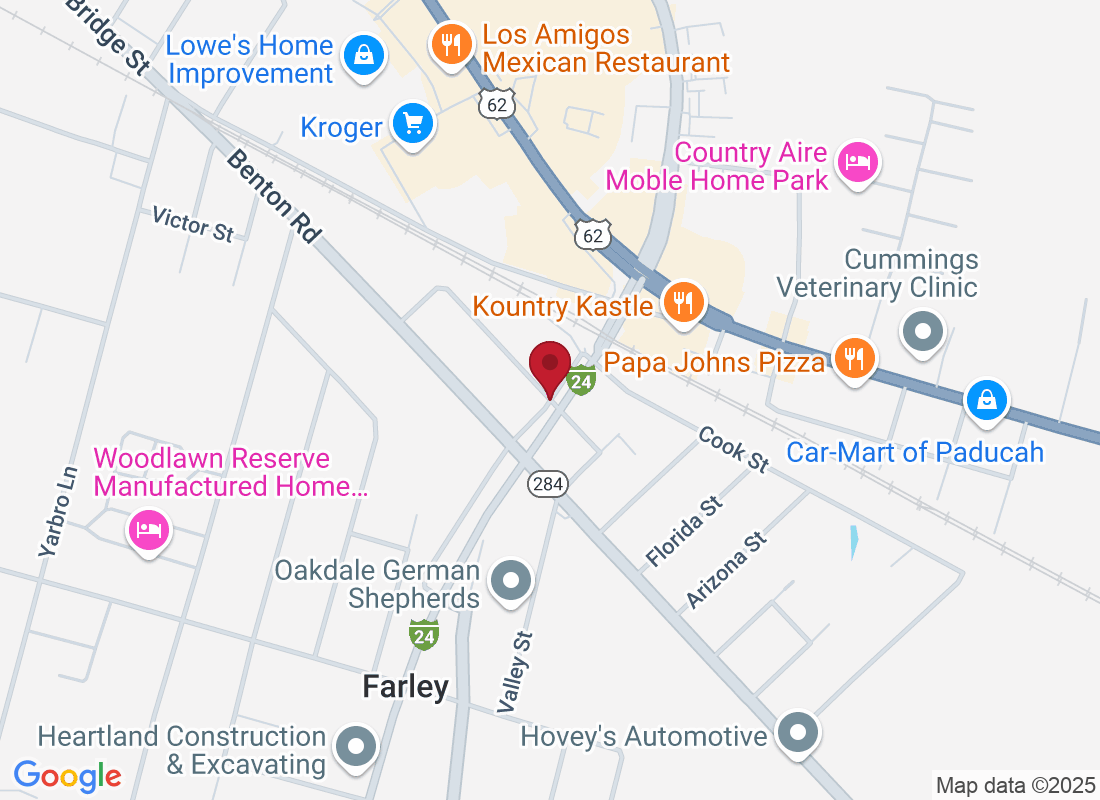Blog

Steps to Take Immediately After Water Damage | West Paducah
Introduction
Water damage can strike suddenly — whether from a burst pipe, roof leak, heavy storm, or flooding. In West Paducah, Kentucky, homeowners often deal with severe weather that can lead to water intrusion and interior damage. The moments right after water damage occurs are critical. Acting fast can prevent mold growth, structural issues, and costly repairs.
This guide walks you through the exact steps to take immediately after discovering water damage. You’ll learn how to stay safe, protect your property, and prepare for repairs and restoration.
Understanding Water Damage
Water damage is any situation where unwanted water enters your home and affects building materials, finishes, or belongings. It can come from:
Roof leaks caused by storm damage
Burst pipes or plumbing failures
Appliance malfunctions (water heater, washing machine)
Flooding from heavy rain or nearby bodies of water
When water sits for even a short time, it seeps into walls, floors, and insulation. This can cause warping, rot, electrical hazards, and mold growth in as little as 24–48 hours. The goal is to stop the source, remove water quickly, and dry affected areas thoroughly.
Steps to Take Immediately After Water Damage
Before you begin, remember that safety comes first. Never enter a flooded area if there’s a chance of electrical danger or structural collapse. Here’s a step-by-step approach to handling water damage:
1. Ensure Safety First
Turn off electricity in affected areas if you can safely access the breaker.
Avoid standing water where electrical devices are plugged in.
Wear gloves, boots, and protective gear if water may be contaminated.
2. Stop the Source of Water
If it’s a plumbing issue, shut off the main water supply.
If it’s storm damage, temporarily cover roof openings with tarps if safe to do so.
Document the source (take photos) for insurance claims.
3. Document the Damage
Take clear photos and videos of all affected areas before moving anything.
Capture close-ups of water lines on walls, damaged belongings, and wet floors.
These records will help with insurance and contractor assessments.
4. Remove Standing Water
Use mops, towels, or a wet/dry vacuum to get rid of pooled water.
For larger floods, call a professional water extraction service.
The sooner you remove water, the less secondary damage occurs.
5. Dry Out the Area
Open windows and doors if weather allows to promote airflow.
Run fans and dehumidifiers to speed up drying.
Remove wet rugs, furniture, and items that can trap moisture.
6. Prevent Mold Growth
Clean hard surfaces with a disinfectant solution.
Discard soaked materials that can’t be salvaged (like wet insulation or carpet padding).
Monitor humidity levels — keep them below 50% until the area is fully dry.
7. Contact Professionals
Schedule a roofing contractor or restoration expert to inspect for structural or roof damage.
Call your insurance company to report the incident.
Keep receipts for any emergency repairs or equipment rentals.
Taking these steps quickly reduces long-term damage and helps you get back to normal faster.
FAQs
How fast should I act after water damage?
Immediately. Waiting even a day can allow mold to grow and increase repair costs.
Should I try to dry everything myself?
You can start the process, but professional equipment may be needed for deep drying, especially inside walls and under flooring.
Will my homeowner’s insurance cover water damage?
It depends on the cause. Sudden and accidental events (burst pipe, storm damage) are often covered. Gradual leaks may not be.
What if the water is contaminated?
If the water came from sewage, floodwaters, or unknown sources, treat it as hazardous. Do not attempt cleanup without proper protective gear.
Do I need a roof inspection after a storm leak?
Yes. A professional roofer can check for damaged shingles, flashing, or decking that allowed water in. Prompt repairs prevent repeat damage.
Conclusion
Acting quickly after water damage can make the difference between a simple cleanup and a major restoration project. Focus on safety first, stop the water at its source, document the damage, and begin drying immediately. Then bring in professionals to ensure your home is fully restored and protected from future problems.
Our Services
Contact Information
Call (270) 559-9019
Address: 7121 Kentucky 3520 West Paducah Kentucky 42086
And Surrounding Areas
Business Hours:
Mon - Fri : 7:00AM - 5:00PM
Sat : 8:00AM - 12:00PM
© 2025 All Rights Reserved | Manning Roofing and Restoration

